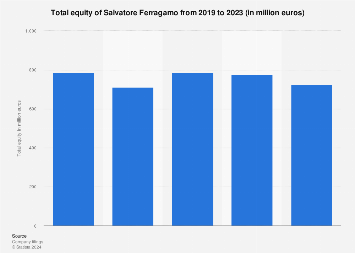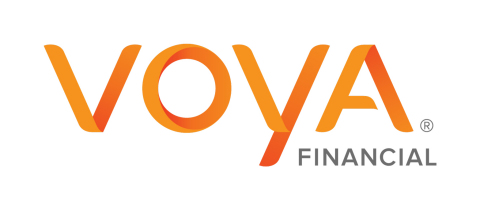One of the best investments we can make is in our own knowledge and skill set. With that in mind, this article will work through how we can use Return On Equity (ROE) to better understand a business. By way of learning-by-doing, we’ll look at ROE to gain a better understanding of Carvana Co. (NYSE:CVNA).
Return on equity or ROE is a key measure used to assess how efficiently a company’s management is utilizing the company’s capital. In simpler terms, it measures the profitability of a company in relation to shareholder’s equity.
View our latest analysis for Carvana
The formula for return on equity is:
Return on Equity = Net Profit (from continuing operations) ÷ Shareholders’ Equity
So, based on the above formula, the ROE for Carvana is:
16% = US$45m ÷ US$286m (Based on the trailing twelve months to September 2024).
The ‘return’ is the yearly profit. One way to conceptualize this is that for each $1 of shareholders’ capital it has, the company made $0.16 in profit.
By comparing a company’s ROE with its industry average, we can get a quick measure of how good it is. The limitation of this approach is that some companies are quite different from others, even within the same industry classification. If you look at the image below, you can see Carvana has a similar ROE to the average in the Specialty Retail industry classification (19%).
So while the ROE is not exceptional, at least its acceptable. Even if the ROE is respectable when compared to the industry, its worth checking if the firm’s ROE is being aided by high debt levels. If a company takes on too much debt, it is at higher risk of defaulting on interest payments. You can see the 3 risks we have identified for Carvana by visiting our risks dashboard for free on our platform here.
Companies usually need to invest money to grow their profits. The cash for investment can come from prior year profits (retained earnings), issuing new shares, or borrowing. In the case of the first and second options, the ROE will reflect this use of cash, for growth. In the latter case, the debt used for growth will improve returns, but won’t affect the total equity. Thus the use of debt can improve ROE, albeit along with extra risk in the case of stormy weather, metaphorically speaking.
We think Carvana uses a significant amount of debt to maximize its returns, as it has a significantly higher debt to equity ratio of 17.59. Its ROE is decent, but once I consider all the debt, I’m not really impressed.



